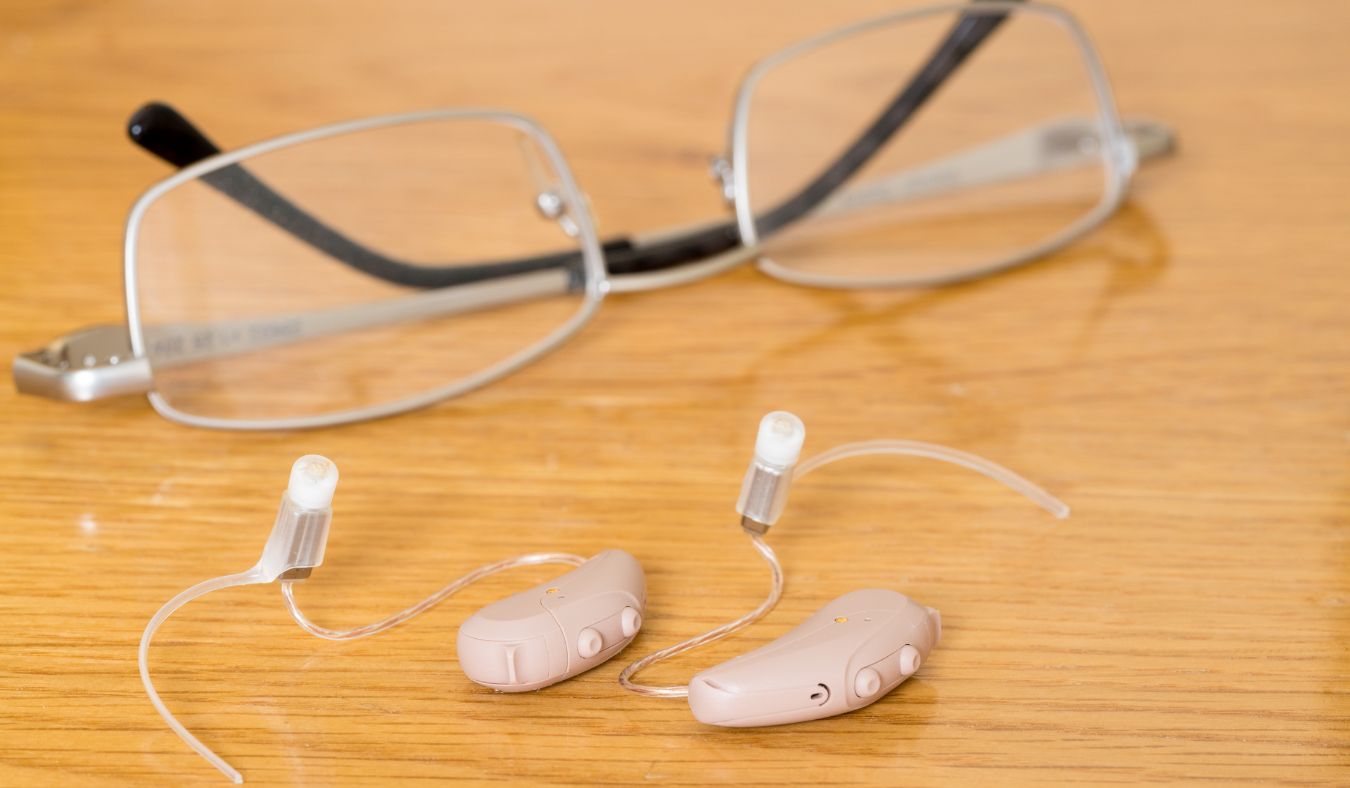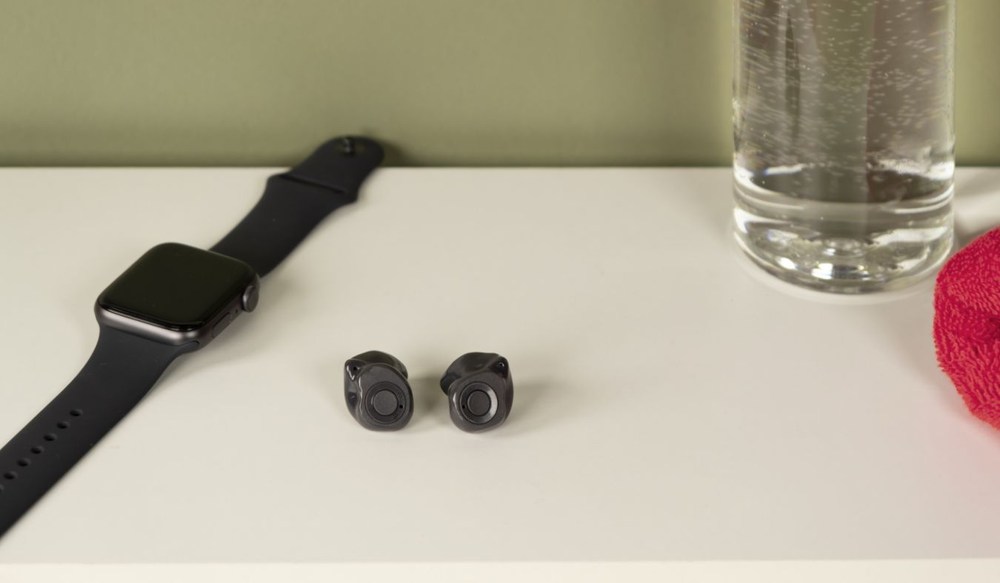The Impact of Hearing Aid Design on Wearer Comfort
When you’re choosing hearing aids, it’s easy to focus entirely

By: admin | June 24, 2024
Hearing loss can sometimes feel like a lonely experience, but you’re not alone. Hearing clinics are here to support and enhance your hearing health. They offer a range of services, from conducting thorough hearing tests to fitting and adjusting hearing aids tailored specifically for your needs. Understanding what these clinics provide can give you the knowledge you need to take an active role in managing your hearing health. After all, every sound, every word contributes significantly to our quality of life and the connections we make with those around us. With the right support from these specialists, experiencing the world through clear sounds is entirely within reach.
Hearing clinics play a key role in your path towards improved hearing. They provide expert care and support when it comes to your hearing health. Offering a comprehensive range of services, including thorough hearing evaluations and personalized treatment plans, these clinics can turn the dream of better hearing into an achievable reality. Their expertise and dedication can make all the difference in enhancing your quality of life through improved sound clarity.
Visiting a hearing clinic for the first time might seem daunting, but there’s no need to worry. The visit is designed to be informative, comfortable, and tailored to your specific needs. The main goal is to understand your hearing health better and find ways to improve it.
Upon arrival at the clinic, you’ll be greeted by friendly staff who are there to help. They’ll guide you through the process, starting with a comprehensive hearing test conducted by an audiologist. This test will give an accurate assessment of your hearing abilities. Following this, the specialist will discuss the results with you in detail and recommend a course of action if necessary. This visit is all about supporting your journey towards better hearing health.
Taking that initial step towards better hearing health can feel like a big move. But it’s a positive stride in the right direction. Comprehensive hearing assessments are your starting point on this path to improved sound clarity.
These assessments are thorough and designed to get a complete picture of your hearing abilities. They provide valuable insights that help the audiologists understand your unique needs and how best to address them.
Hearing tests can seem complex, but let’s simplify it. They are essentially a tool used by hearing specialists to accurately assess your hearing capabilities.
The process is straightforward and involves a series of checks. These include pure-tone tests to measure the softest sound you can hear at different frequencies, speech tests to understand how well you hear and understand words and middle ear tests to check the health of your ear drum and the tiny bones in your ear. This checklist approach ensures a comprehensive assessment of your hearing health.
From a specialist’s perspective, these tests are vital in determining the best course of action for each individual. The results provide them with detailed information about any hearing loss you may have and its potential causes. With this knowledge, they can recommend appropriate solutions tailored specifically for you. So while it might seem like there’s a lot going on during these tests, each step is designed with one goal in mind – helping you achieve better hearing health.
Hearing test results provide valuable insights into your auditory health, indicating the degree and type of hearing loss you may have. These results are typically displayed on an audiogram, a graph that shows your hearing sensitivity at different frequencies and sound levels. The vertical axis represents sound intensity, while the horizontal axis represents sound frequency.
Your audiogram will have marks that indicate the softest sounds you can hear at various frequencies, with separate lines for each ear. Results typically fall into categories: normal hearing, mild, moderate, severe or profound hearing loss. Additionally, the shape of the audiogram can help determine whether the hearing loss is conductive (issues in the outer or middle ear), sensorineural (issues in the inner ear or auditory nerve) or mixed.
Understanding these results can guide you and your audiologist in choosing appropriate interventions, like hearing aids, medical treatments or lifestyle adjustments, to improve your hearing health and quality of life. Your audiologist will explain the specifics of your results and help you interpret what they mean for your daily communication and hearing preservation strategies.
Customized treatment plans are the next step after hearing tests. While there are various options depending on your type and severity of hearing loss, hearing aids are the most common recommendation. These devices are incredibly customizable, allowing wearers to find the solution that is most suited to their specific needs, whether you’re looking for something advanced with artificial intelligence integrated, or simply want something discreet and easy to use.
Your audiologist will work with you to find the right style for your preferences. The most common ones include, behind the ear (BTE), in the ear (ITE), in the canal (ITC), completely in canal (CIC) and invisible in canal. There will be several considerations to help you make the right decision, from your hobbies and interests to your level of hearing loss and dexterity.
The process of fitting hearing aids is a perfect blend of art and science. It’s where technical expertise meets personalized care, resulting in a solution that not only improves your hearing but also fits seamlessly into your lifestyle.
The science part involves understanding the specifics of your hearing loss, using advanced technology to program the hearing aids and ensuring they deliver the right amount of amplification for each frequency.
The art part comes into play when adjusting the devices to fit comfortably in your ears and aligning them with your aesthetic preferences. It’s about making sure you feel confident wearing them every day.
In essence, fitting hearing aids is not just about restoring sound. It’s about enhancing your overall quality of life through a process that combines cutting-edge technology with a personal touch.
Adjusting to life with new hearing aids can be a bit of a learning curve, but it’s one that’s well worth it. With these devices, you’re taking a significant step towards improved hearing health and a better quality of life.
To make the transition smoother, there are some tips you can follow. For instance, start by wearing your hearing aids for just a few hours each day, gradually increasing the duration as you get more comfortable. It’s also beneficial to practice having conversations in different environments to help your brain adjust to various sound levels. Patience is key during this period of adjustment – but with time and persistence, you’ll soon find navigating life with your new hearing aids becomes second nature.
Just like any other piece of technology, your hearing aids require regular maintenance to ensure they’re performing at their best. This not only prolongs the life of your devices but also guarantees optimal sound quality and performance.
Regular cleaning is a vital part of this maintenance process. It’s recommended to clean your hearing aids daily to remove any earwax or debris that might interfere with their function. If you notice any issues with your devices, like reduced sound quality or physical damage, contact your audiologist for a thorough inspection.
Effective earwax management is another crucial aspect of hearing health. While it might seem like a minor detail, it plays a significant role in ensuring clearer sounds and optimal hearing aid performance. Earwax is naturally produced by our bodies to protect the ear canal. However, excessive buildup can lead to problems like muffled sounds or even temporary hearing loss. For those using hearing aids, this buildup can also interfere with the device’s function.
There are safe methods for removing excess earwax at home like over-the-counter drops or kits designed for this purpose. However, if you’re unsure or uncomfortable with these methods, it’s always best to seek professional help from your local hearing clinic. The specialists there are trained in safe and effective earwax removal techniques that can help ensure you’re experiencing sound as clearly as possible.
Assistive listening devices (ALDs) are another solution that can significantly enhance your communication experience. These devices are designed to improve your ability to hear in various situations, making them a valuable addition to your hearing health toolkit.
One issue you might face is struggling to hear conversations in noisy environments, even with the use of hearing aids. This is where ALDs come into play. They work by reducing background noise and amplifying the sounds you want to hear, like a speaker’s voice during a meeting or your favorite TV show at home. By integrating these devices into your daily life, you can enjoy clearer and more enjoyable communication experiences.
Education and counseling are powerful tools in your hearing health journey. These services provided by hearing clinics are designed to empower you with essential knowledge and skills, making you an active participant in your own hearing care.
Education involves providing you with information about your specific type of hearing loss, how it impacts your daily life and what steps can be taken to manage it effectively. This could include learning about different types of hearing aids, understanding how they work and knowing how to maintain them for optimal performance. Counseling focuses on helping you adjust to life with hearing loss or new hearing aids. It offers emotional support and practical advice on dealing with common issues that may arise. Together, education and counseling equip you with the tools needed to confidently take control of your hearing health journey.
The journey towards improved hearing doesn’t end with getting your hearing aids. It’s a process that involves continuous support and follow-up care to ensure a smooth transition.
According to the American Speech-Language-Hearing Association, regular follow-up appointments can significantly enhance the benefits of using hearing aids. These visits allow for necessary adjustments and provide an opportunity for you to discuss any concerns or difficulties you may be experiencing. This ongoing support ensures that your path to better hearing is not just successful but also enjoyable and stress-free.
From initial assessments to personalized treatment plans, and from fitting hearing aids to follow-up care, these clinics are dedicated to supporting your journey towards better hearing health.
Every sound matters in life and you deserve to hear them all clearly! If you’re ready to take the next step or if you have any questions about our services, don’t hesitate to reach out. You can reach the team at Davis Audiology by calling (864) 810-6238 to reach one of our three convenient office locations in Greenville, Simpsonville or Spartanburg, SC. We look forward to helping enhance your world through clear sounds!
Tags: hearing aid services, hearing care services, how to guides

When you’re choosing hearing aids, it’s easy to focus entirely
By: admin | October 20, 2025

Summer heat affects hearing aids differently than you might expect. When
By: admin | July 29, 2025

Music plays different roles in people’s lives; it motivates you
By: admin | June 20, 2025
